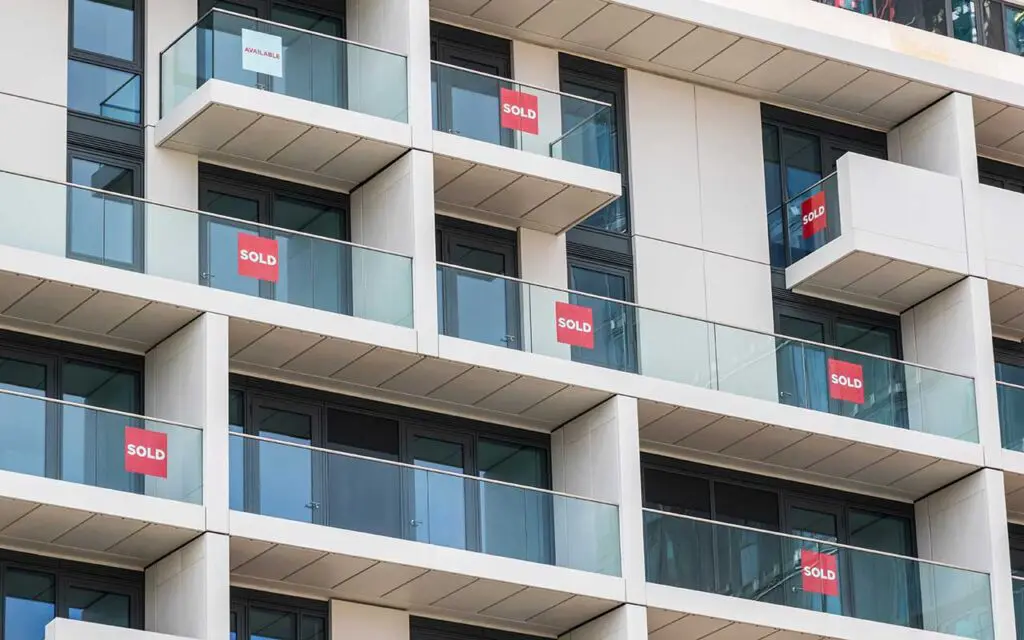Homebuyers are gearing up for a January surge in mortgage activity worth an estimated £104 billion, with lenders expected to offer competitive rates ahead of the looming stamp duty deadline.
From 1 April, the starting point for paying stamp duty will halve from £250,000 to £125,000, while first-time buyers’ relief will reduce from £425,000 to £300,000—prompting a scramble among those hoping to complete their purchases in time to save thousands of pounds.
Property portal Zoopla reports that 283,000 property sales are already in progress, and brokers believe banks will vie for business in the new year with enticing “winter-warmer” deals. Andrew Montlake from the mortgage broker Coreco says the first quarter of 2025 could be dominated by buyers racing to finish deals before the stamp duty window closes.
Both UK Finance and the Intermediary Mortgage Lenders Association (IMLA) predict a busy 2025, with gross mortgage lending expected to rise to between £260 billion and £275 billion. In anticipation, lenders often cut rates in January, aiming to get ahead on annual sales targets. Chris Sykes from Private Finance notes some major banks have “ambitious market share” goals that could benefit buyers and remortgagers alike.
After two years of successive Bank of England base rate hikes—peaking at 5.25 per cent—buyers may have hoped for further rate drops following the central bank’s cut to 4.75 per cent in August. Mortgage rates have fluctuated this year, and while the average two-year and five-year fixed rates hover around 5.46 per cent and 5.23 per cent respectively, competition among lenders could drive them down further.
Santander currently offers the lowest two-year fixed deal at 4.21 per cent (with a £749 fee) for purchases requiring a 40 per cent deposit, while NatWest’s five-year fix of 4.07 per cent (with a £1,495 fee) is also available to buyers. The Bank of England is expected to reduce the base rate four times in 2025, starting as early as February; however, many experts believe these cuts are already priced into most deals, meaning dramatic rate drops may be limited.
Still, Andrew Montlake forecasts a return to five-year fixes starting with a “3” by year-end, albeit gradually. This is welcome news for the 1.69 million homeowners whose fixed deals end in 2025, as banks typically offer more attractive rates to new buyers than to those remortgaging. However, product transfers—where borrowers stay with the same lender—remain a popular, time-saving option that also avoids a full affordability check.
Mortgage advisers suggest securing a deal up to six months in advance. If a better rate emerges, buyers can often switch at no penalty. Given the stamp duty changes looming, starting a search for deals now could prove wise—especially for those hoping to lock in savings before the end of the stamp duty relief.





